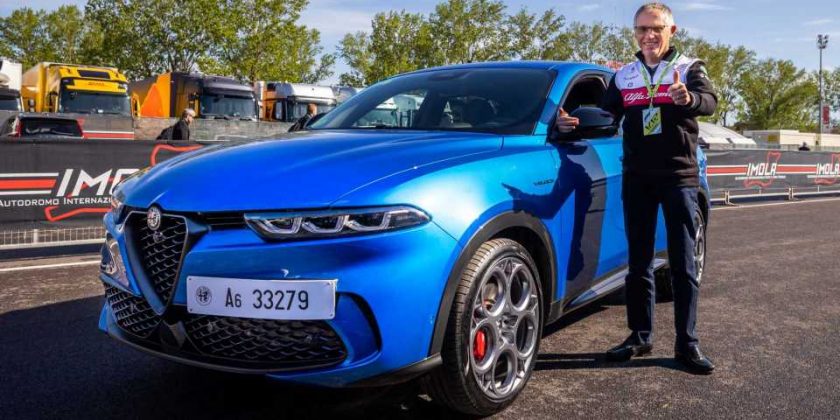Top executives from the automotive industry have already expressed their fears the planned Euro 7 emissions regulations could spell the end of the combustion-powered small car segment. Just recently, Stellantis CEO Carlos Tavares went even further by saying the stricter parameters are “useless” and will have a negative effect on the industry, which is still struggling to produce affordable small electric cars to replace their combustion-powered predecessors.
The Euro 7 regulations are expected to become effective in July 2025, though their final form and nitrogen oxide and carbon monoxide levels are not confirmed yet. In October last year, however, it was reported “a final review has been made” on the new rules based on “the current geopolitical and economic circumstances.” But, again, nothing has been officially announced yet.
“It is not helpful, it is costly, it does not bring customers benefits, it does not bring environmental benefit,” Carlos Tavares said when speaking with media representatives during a round table on Wednesday ahead of Stellantis’ 2022 earnings call. “The ICE emission part is something which just makes no sense.”
This isn’t the first time Tavares has been criticizing Euro 7. Last year, he said the new regulations would require automakers to invest heavily into cleaner and more efficient combustion engines that are going to be banned just a decade later. This would reflect the research and development costs for all new vehicles and especially the small car segment, which could become too expensive for the customers.
In an interview from October last year, Volkswagen CEO Thomas Schafer warned a subcompact hatchback could be as much as €3,000 to €5,000 more expensive in Europe when Euro 7 comes into effect. This would effectively kill the small car segment by making it unaffordable even compared to the small car EV segment. As a final note, on February 14, the European Union’s parliament decided to ban sales of new diesel and gasoline cars on the Old continent from 2035.
Source: Automotive News
Source: Read Full Article
